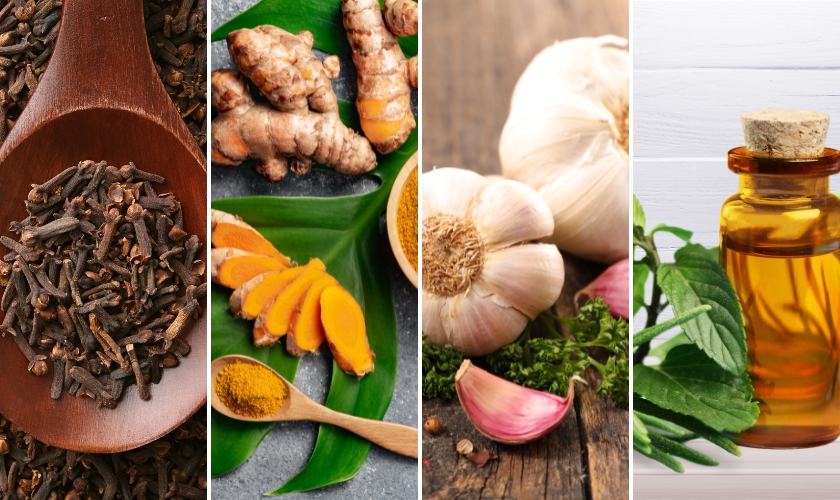
Did you know that you can use six of the best natural antibiotics everyday in your kitchen?
We all know that antibiotics, with the advancement of medicine, are actually a chemical combination of several natural substances. The box and instructions say that you should always consult a doctor. But why, for example, when you wake up in the middle of the night with a sharp pain, why not reach for a natural antibiotic, which you probably have in your kitchen.
1. Sage Herb
Why would a man die when sage grows in his garden, asked Hippocrates, referring to a plant that has been used as an antibiotic for thousands of years. This plant is especially good for throat, respiratory tract, and mouth infections. It is also useful for stomach infections and intestinal problems. Sage helps reduce fever, chills, and body aches that occur at the onset of colds and flu.
Arabs believe that sage is the key to long life. It has been scientifically proven to have moderate but extensive antibacterial and antiviral properties, and today it is regularly used in the production of a large number of modern medicines.
2.Honey
Honey, in its raw form, has been used as an antibacterial agent (antibiotic) long before synthetic antibiotics were developed, in cultures around the world, to treat wounds and illnesses. Today, it is scientifically proven that this sweet medicine has antibacterial properties that can effectively treat skin rashes, burns and scrapes, cleanse teeth and mouths of bacteria and stop bleeding gums, and is also effective in treating ulcers and blisters. When treating wounds or inflammation with this natural antibiotic, it is very important to choose the right honey.
Darker honey has better antibacterial power – and it must be in its raw form, that is, it must not be pasteurized.
3. Cinnamon
One study conducted by a group of surgeons found that cinnamon can kill multiple bacteria found in hospitals, while another study showed that cinnamon can also kill bacteria resistant to standard antibiotics, and a third found that cinnamon is a mortal enemy of the bacterium Escherichia Coli.
4. Garlic
During the time of the pharaohs, when Egypt was at the height of its power, garlic was given to workers and slaves who were building the great pyramids, to increase their endurance, strength and most importantly – protect them from disease. Garlic has been proven to cure or help treat various diseases, and one of the strong active ingredients in it is called allicin – a compound that exhibits antibacterial and antifungal properties, and which in garlic itself plays an important role in the defense mechanism against pest attacks. Scientists have proven that allicin destroys many bacteria, including some of the most dangerous, often resistant to standard antibiotics. Garlic effectively treats toothache (it is enough to chop the garlic and put it on the aching tooth), cough, sore throat, as well as many other diseases or infections.
5. Carnation
Even today, dentists use clove oil as an oral antiseptic and to disinfect root canals (a very familiar scent that can be smelled in almost every dentist’s office). Eugenol, which is found in large quantities in cloves, serves as the primary antimicrobial compound of this plant, as documented by many scientists around the world.
If you want to get rid of a toothache, just chew on a clove for a few minutes and the pain can be completely gone within two hours. However, cloves are most effective when made into oil.
6. Oregano
There are more than 40 species of oregano, Origanum vulgare is most commonly used in cooking, but the most medicinal species is considered to be Origanum minutiflorum oil, which contains up to 90 percent of the active medicinal ingredient carvacrol. The ancient Greeks used oregano oil to treat wounds, snakebites, and respiratory problems, and in the Middle Ages it became popular in Europe, where it was used to treat infections.



